Sasikanth Kotti
On Biased Behavior of GANs for Face Verification
Aug 31, 2022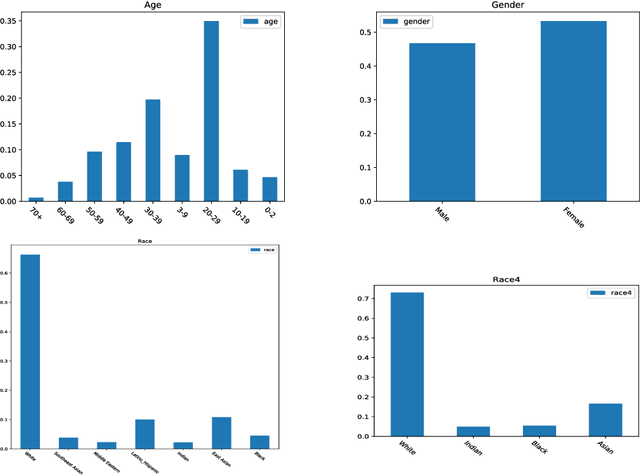
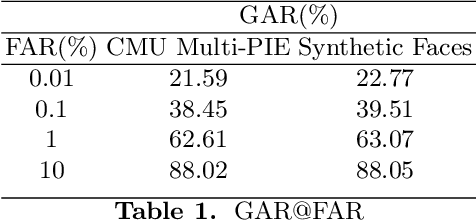

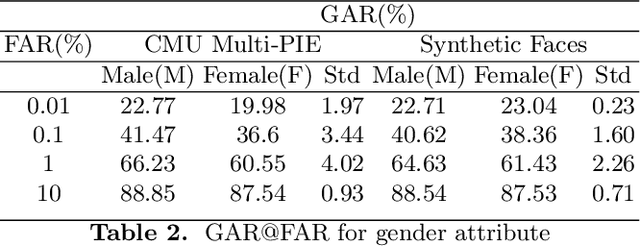
Abstract:Deep Learning systems need large data for training. Datasets for training face verification systems are difficult to obtain and prone to privacy issues. Synthetic data generated by generative models such as GANs can be a good alternative. However, we show that data generated from GANs are prone to bias and fairness issues. Specifically, GANs trained on FFHQ dataset show biased behavior towards generating white faces in the age group of 20-29. We also demonstrate that synthetic faces cause disparate impact, specifically for race attribute, when used for fine tuning face verification systems.
When Differential Privacy Meets Interpretability: A Case Study
Jun 25, 2021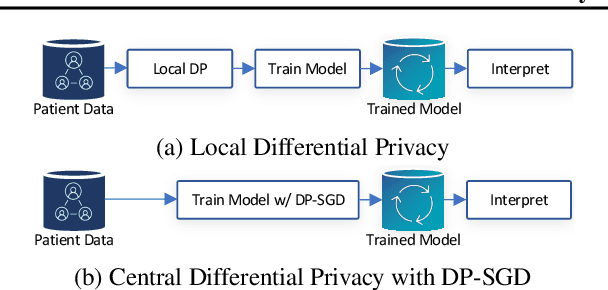


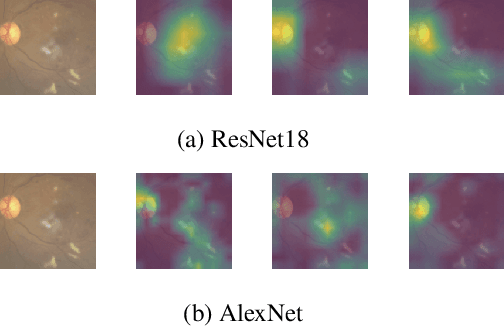
Abstract:Given the increase in the use of personal data for training Deep Neural Networks (DNNs) in tasks such as medical imaging and diagnosis, differentially private training of DNNs is surging in importance and there is a large body of work focusing on providing better privacy-utility trade-off. However, little attention is given to the interpretability of these models, and how the application of DP affects the quality of interpretations. We propose an extensive study into the effects of DP training on DNNs, especially on medical imaging applications, on the APTOS dataset.
DP-SGD vs PATE: Which Has Less Disparate Impact on Model Accuracy?
Jun 22, 2021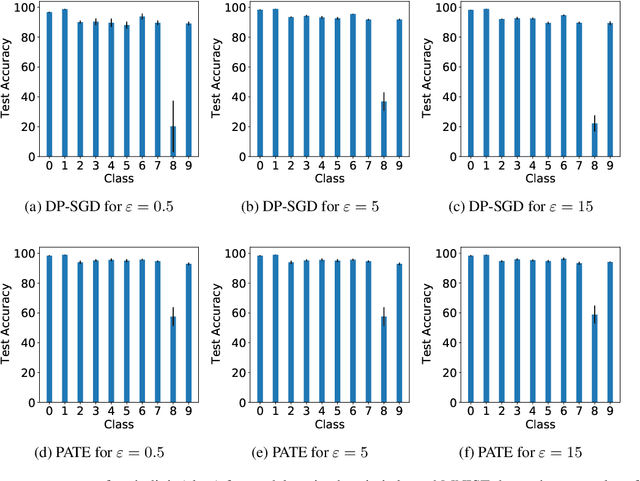

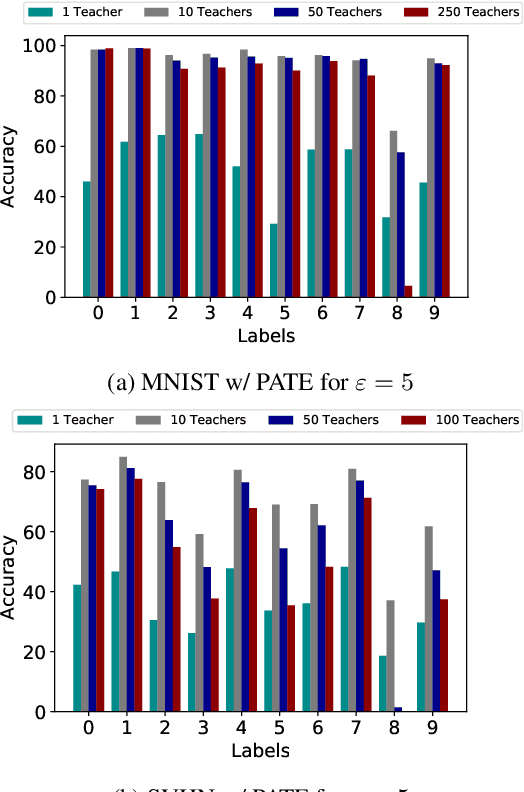
Abstract:Recent advances in differentially private deep learning have demonstrated that application of differential privacy, specifically the DP-SGD algorithm, has a disparate impact on different sub-groups in the population, which leads to a significantly high drop-in model utility for sub-populations that are under-represented (minorities), compared to well-represented ones. In this work, we aim to compare PATE, another mechanism for training deep learning models using differential privacy, with DP-SGD in terms of fairness. We show that PATE does have a disparate impact too, however, it is much less severe than DP-SGD. We draw insights from this observation on what might be promising directions in achieving better fairness-privacy trade-offs.
Benchmarking Differentially Private Residual Networks for Medical Imagery
Jun 28, 2020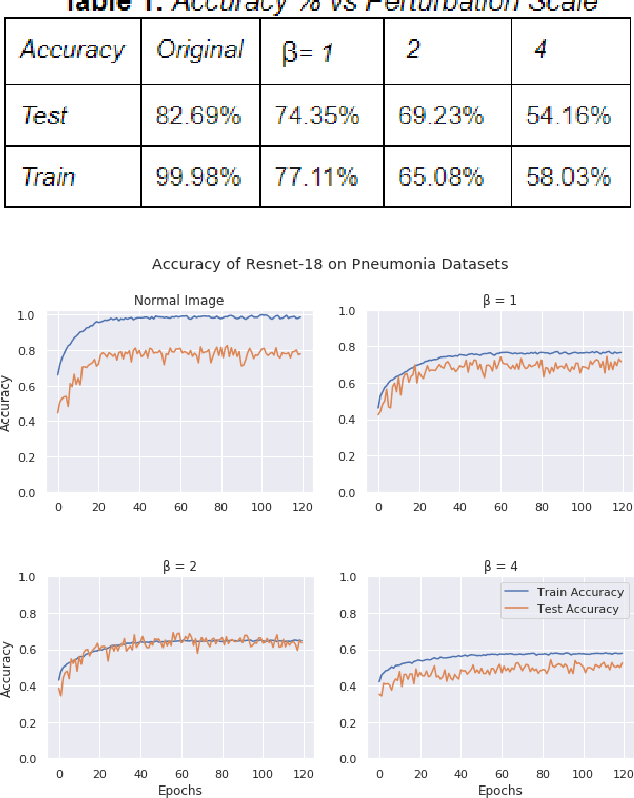
Abstract:Hospitals and other medical institutions often have vast amounts of medical data which can provide significant value when utilized to advance research. However, this data is often sensitive in nature and as such is not readily available for use in a research setting, often due to privacy concerns. In this paper, we measure the performance of a deep neural network on differentially private image datasets pertaining to Pneumonia. We analyze the trade-off between the model's accuracy and the scale of perturbation among the images. Knowing how the model's accuracy varies among different perturbation levels in differentially private medical images can be quite a useful measure for hospitals to know. Furthermore, we also seek to measure the usefulness of local differential privacy for such medical imagery tasks and see if there's room for improvement.
 Add to Chrome
Add to Chrome Add to Firefox
Add to Firefox Add to Edge
Add to Edge